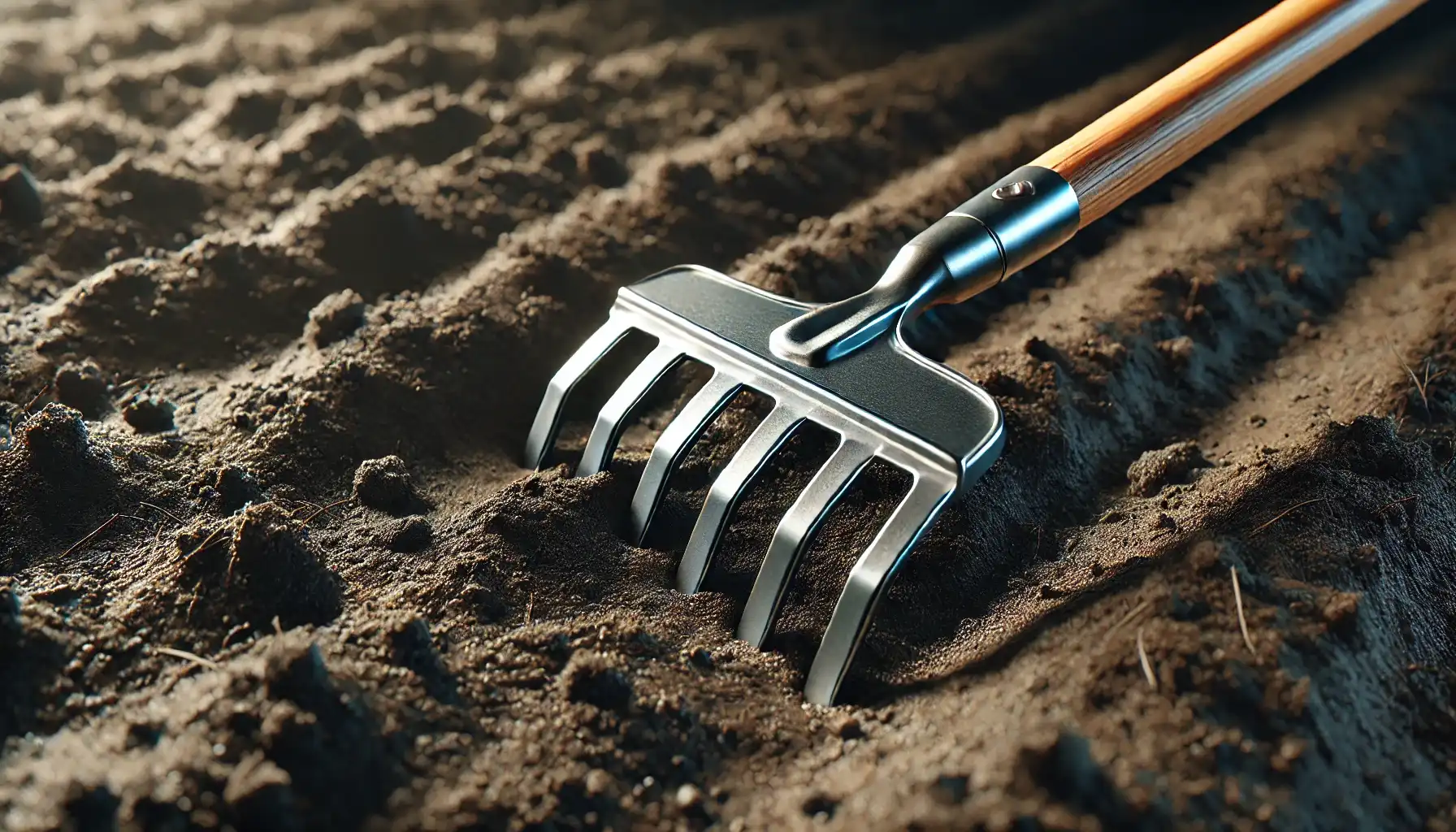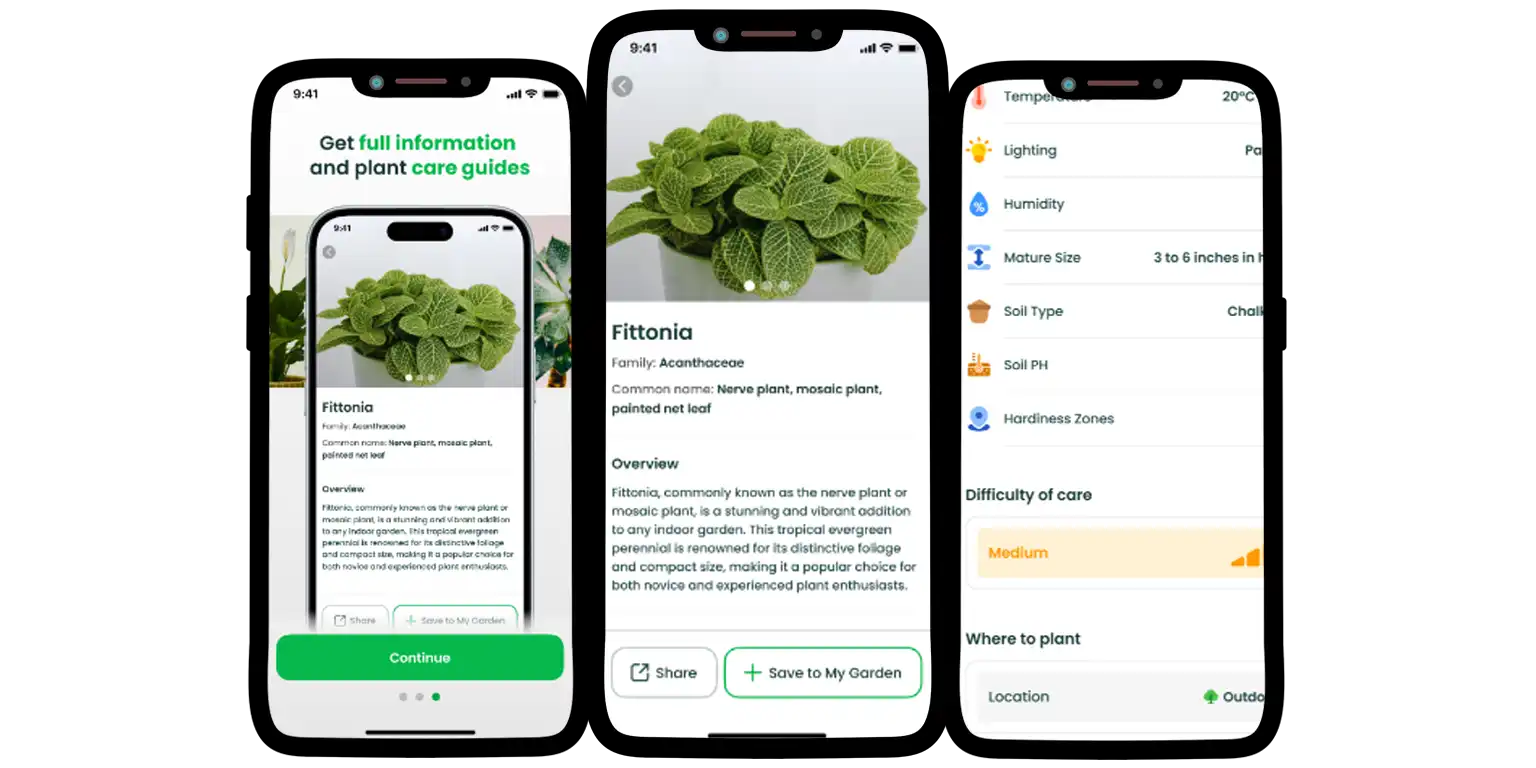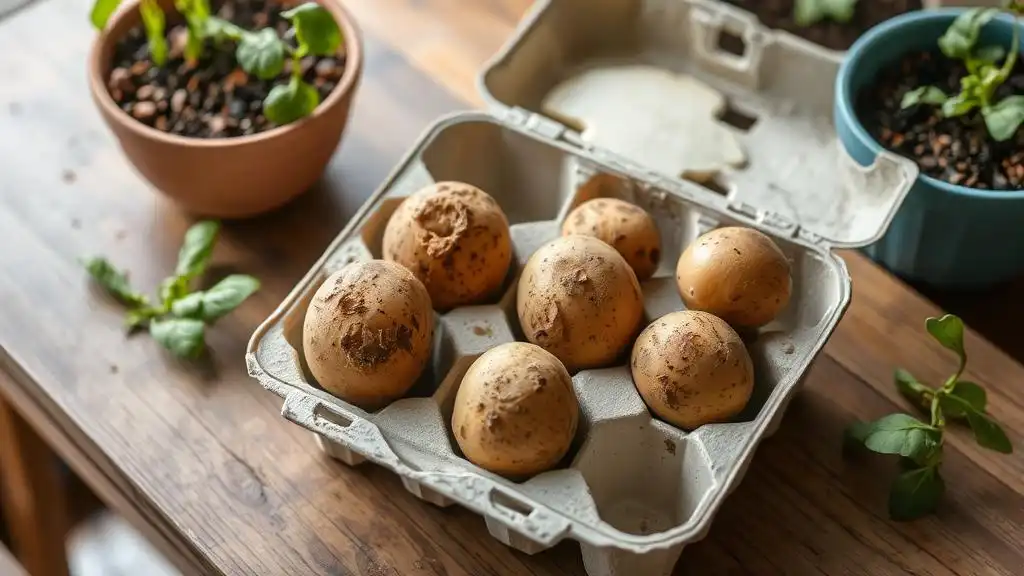When preparing for gardening endeavors, one of the first things to explore is what soil pH means. Soil, the main source of nutrients and water, has several characteristics that define how well the plants may do and how efficiently they are to thrive.
However, many novice gardeners who are just starting out often overlook the importance of monitoring and adjusting soil pH levels, which may lead to ineffective plant growth and reduced yields. So, how to create a healthy foundation for a lush garden and why do we need to care about pH?
What Does “pH” Mean?
“pH” is the term generally used in various spheres, and agriculture is no exception. As science suggests, pH is literally “a potential for hydrogen” that reflects the acidity or alkalinity of a substance, i.e., soil, with a range from 0 to 14. With that being obvious, all the values below 7, the median, represent soil acidity, values above 7 are the signals of alkalinity in turn, and values equal to 6.5 to 7.0 mean neutral level. But how do you raise pH in soil and do we really need it?
Why Does Soil pH Matter?
Nature lives in balance, and this is what is crucial for cultivated environments managed by humans. As such, soil pH, a major component of this balance, drastically affects the availability of nutrients, microbial activity, and soil structure as well.
Each floral creation has its own pH needs; and outside of their preferred range, plants may experience nutrient deficiency and eventually die. Such factors as rainfalls, be they systematic or occasional, may influence the soil composition. Hence, adjusting and maintaining optimal pH levels is vital both before planting and throughout the season for them to produce crops and stay healthy.
How to Determine Actual and Preferred pH Levels
As soon as one has selected which plants are to be incorporated into the garden, it is important to test the soil and compare the results with the preferred pH levels of its potential inhabitants. But what are the main steps toward cultivating a lush and fine greenhouse?
Step 1. Collect Soil Samples.
Primarily, so as to identify the correct pH level, you should collect soil samples from different parts of the chosen field. Mind that the soil sample should be dry and clean of stones, roots, and other extraneous particles.
Step 2. Test the Sample.
Thanks to the development of agricultural technologies, there exist various tools designed specifically for pH level identification. Soil pH test kits, for example, presuppose that one mixes the soil samples with water and employs provided instruments, such as strips and different solutions, to accurately determine pH. Besides, to make it more professional, you can always send a soil sample to the labs for more extensive results and comprehensive insights.
Step 3. Explore Crop Requirements with Digital Tools.
It is an open secret that plant care needs differ, and understanding these differences is crucial when one aspires to maintain a healthy biodiverse space. The easiest way to identify which pH range is suitable for the plant of your choice is to appeal to reliable sources of botany knowledge. Since most gardeners utilize smartphones for quick assistance, we can recommend a convenient app for plant lovers of all sorts.
AI Plant Finder is a type of software that can help one identify plants and their needs in an instant. As the platform boasts a rich database of more than 300,000 species included, it gets simpler to receive detailed info about each natural inhabitant. These include hardiness zones, preferred pH levels, soil types, climatic attributes, and more. With the use of the right app, a gardening routine may become a pleasant experience full of comfort and joy.
Step 4. Compare Values.
Last but not least part always involves adequate evaluation of the results and comparison of the actual pH level determined from the test with the preferred pH level for the crop. At this stage, be careful to identify soil needs properly and proceed with pH adjustments according to the plant care requirements only.
pH Adjustment
When it becomes necessary to adjust soil pH, it is crucial to choose an appropriate path and ingredients that are to help but not destroy the plant. We have compiled some effective methods to increase/decrease pH levels and promote healthy development as a result.
How Do You Raise the pH Level in Soil?
For you not to get confused, raising the pH level means making the soil less acidic. Most gardeners assert that agricultural lime is what raises pH in the soil more efficiently than anything else, for it may neutralize acidity and provide calcium in turn. The amount of limestone usually depends on the soil type and pH deviation, too; so, make sure you identify needs and preferred rate properly.
If the soil lacks alkaline minerals, it might be beneficial to introduce wood ashes, though you should control this process so as not to over-alkalize the ground. All in all, any type of lime, including agricultural, hydrated, and dolomite ones, as well as wood ash can facilitate quick pH increase and, thus, the right development of the crop.
How Do You Lower Soil pH Fast?
Those who wonder “How do you increase acidity in soil?” may rest assured that aluminum sulfate and sulfur are two main ingredients that immediately lower pH as they dissolve in the ground.
Warning! At this point, we cannot suggest any proportions to be used in the garden, for this should incorporate environmental conditions, soil quality, plant type, and many more. The only relevant consideration for you is to follow the package instructions and avoid improvisations for the sake of a plant.
Flora is a sensitive creation that quickly responds to any changes in the soil. When the pH level is well-balanced, the garden may grant a lush and vibrant landscape adorned with healthy plants that receive as much nutrients and water as needed. Always pay attention to such details as pH, and be sure your gardening efforts will be worth it.






